Just 349 Ferrari F50s were ever made. All left the factory at Maranello in left-hand-drive guise. However, a few units were subsequently converted to right-hand-drive and one of these rare RHD Ferrari F50 models is now being offered for sale by RM Sotheby’s.
Follow Double Apex on Facebook and Instagram, where we share more car content.
Buy now and take advantage of free delivery in South Africa on orders over R349.
Overshadowed
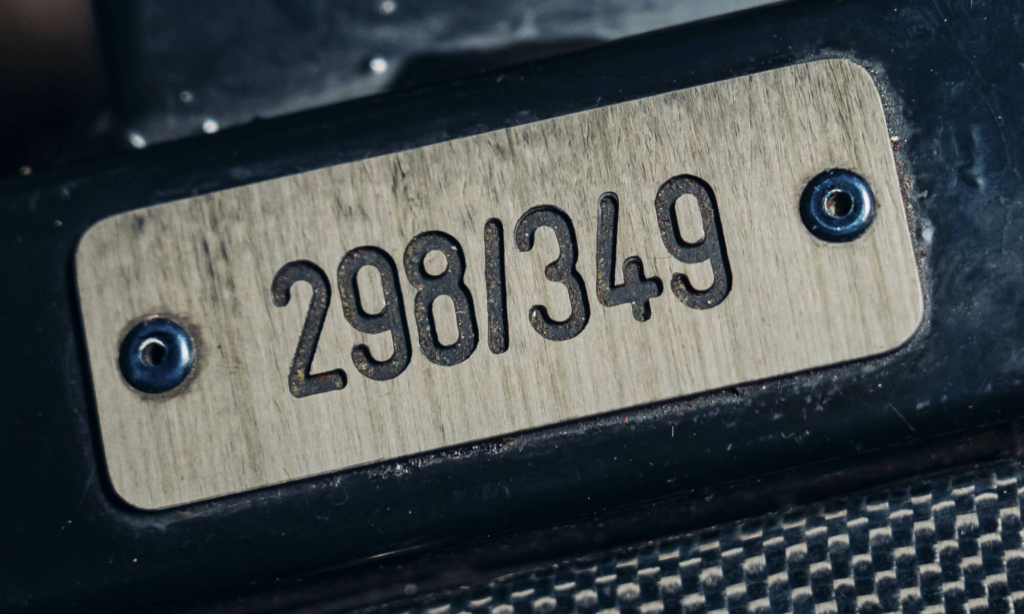
The Ferrari F50 has long been overshadowed by the more desirable F40. People are more enamoured by the 40th anniversary edition rather than its spiritual successor which followed 10 years later in 1997. Although the F50 is far more limited in numbers and has a direct link to F1. We were fortunate enough to drive an F40 and reported on the experience here. Though an F50 drive still eludes us.
This RHD Ferrari F50 is number 298 of the 349 car production run. It is one of just eight that were converted by official Ferrari coachbuilder, Pininfarina. A plaque affixed to the transmission tunnel denotes that this car was customised by Pininfarina in December 2000. As a result of this unique conversion the RHD Ferrari F50 can be imported into SA. Interested parties should contact RM Sotheby’s. And you should definitely give us a shout after you take delivery…
F1 for the road
The F50 was described by Ferrari as the “closest thing to a road-going Formula 1 car the company had ever built”. It was created to celebrate Ferrari’s 50th anniversary. In addition, it was meant to draw a strong link between the company’s road-going cars and its F1 team. The F50 is powered by a naturally aspirated 4,7-litre V12. Its lineage can be traced to the 3,5-litre motor used by Alain Prost during his time at the Scuderia. The 60-valve motor in the F50 produces 382 kW and 470 N.m of torque.
Read about our recent experience with another V12-powered Italian supercar at this link.

While Prost’s single-seat racer had a seven-speed semi-automatic, the F50 utilised a six-speed manual transmission. Furthermore, it did away with power steering, power-assisted braking, and ABS. This was to create a racecar-like driving experience. The F50 is based around a carbon fibre monocoque, much like an F1 car. The powertrain is mounted directly to the tub and the rear suspension hangs off the transmission, also similar to an F1 car.
Images by Alex Penfold used courtesy of RM Sotheby’s.
Learn more about the Ferrari F50 from a former F1 pilot in the video below.

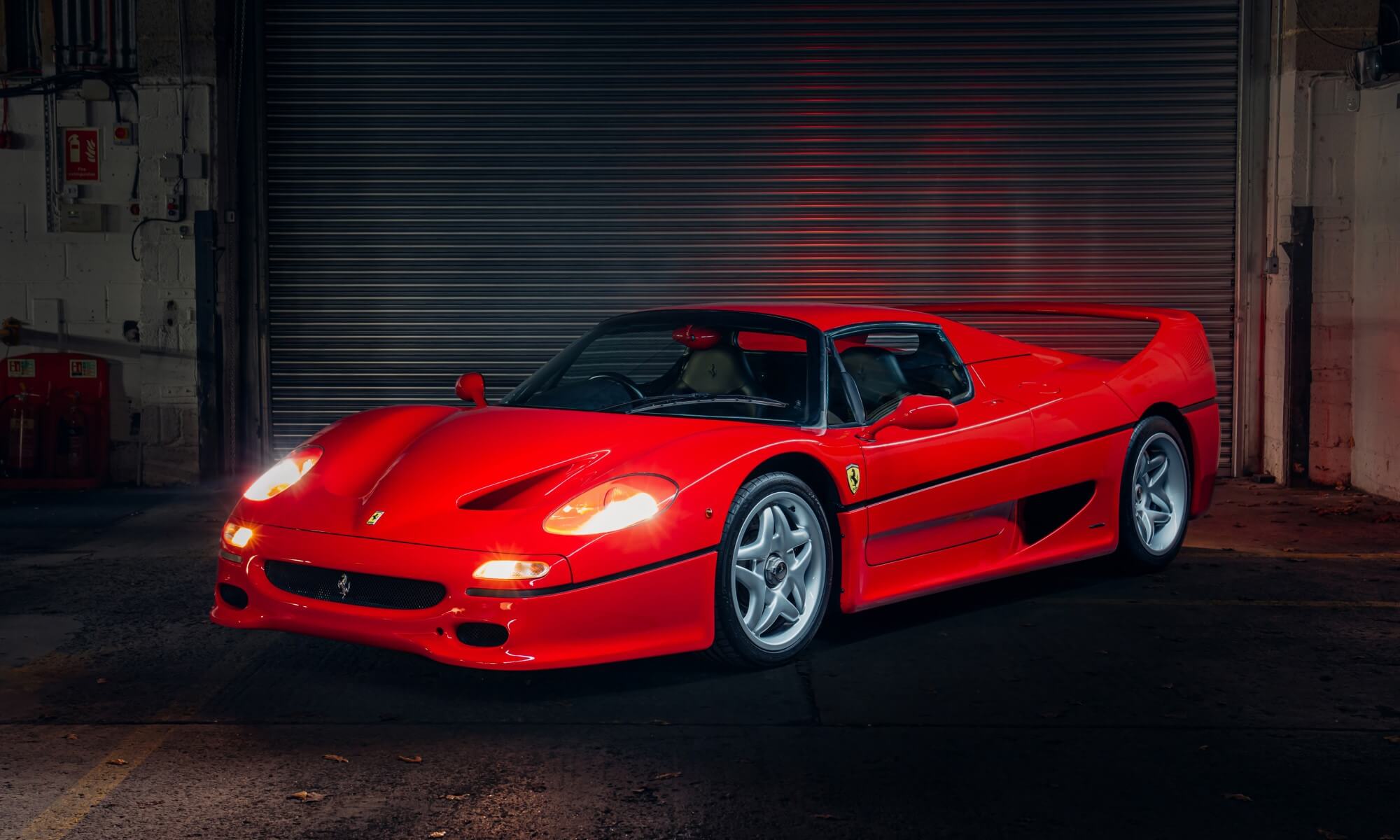

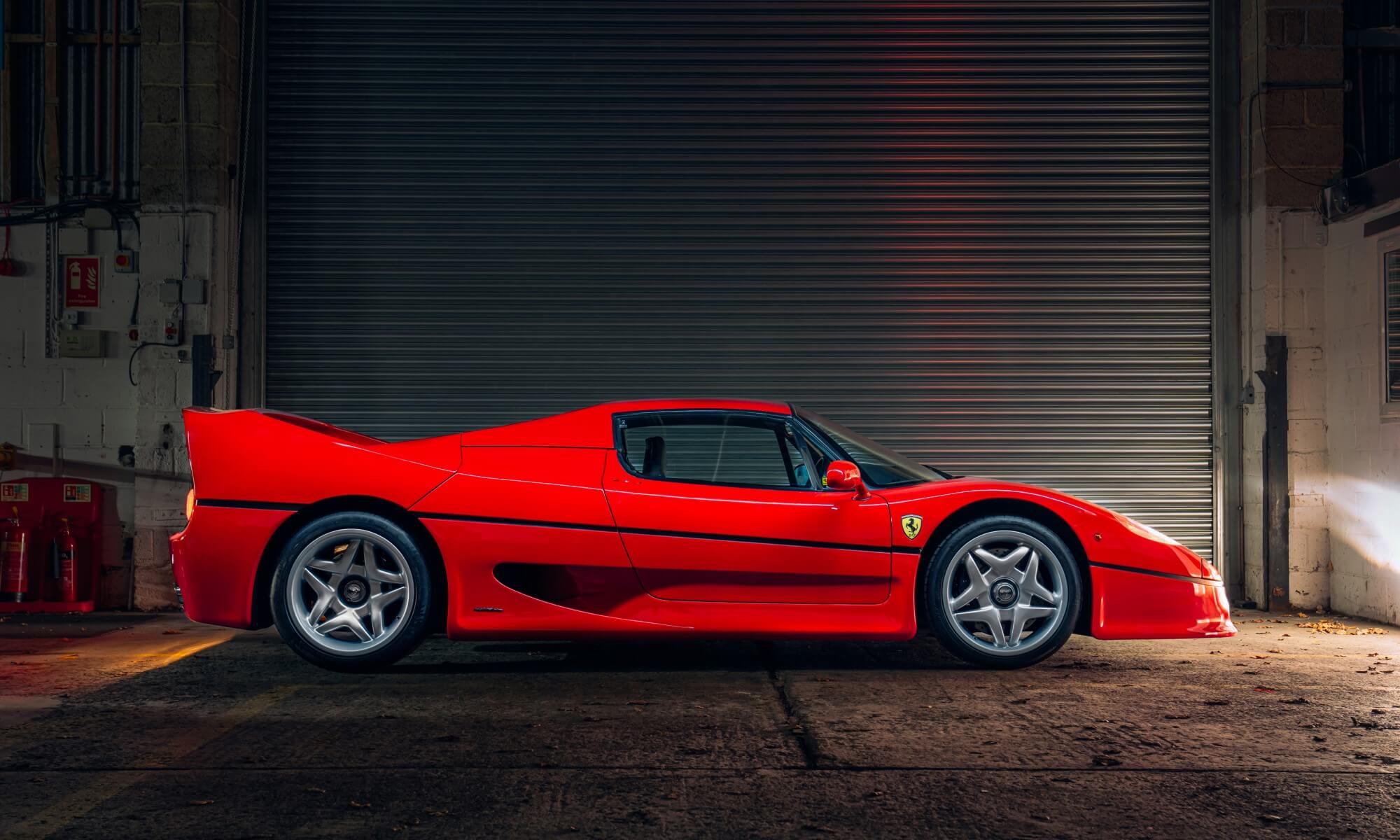

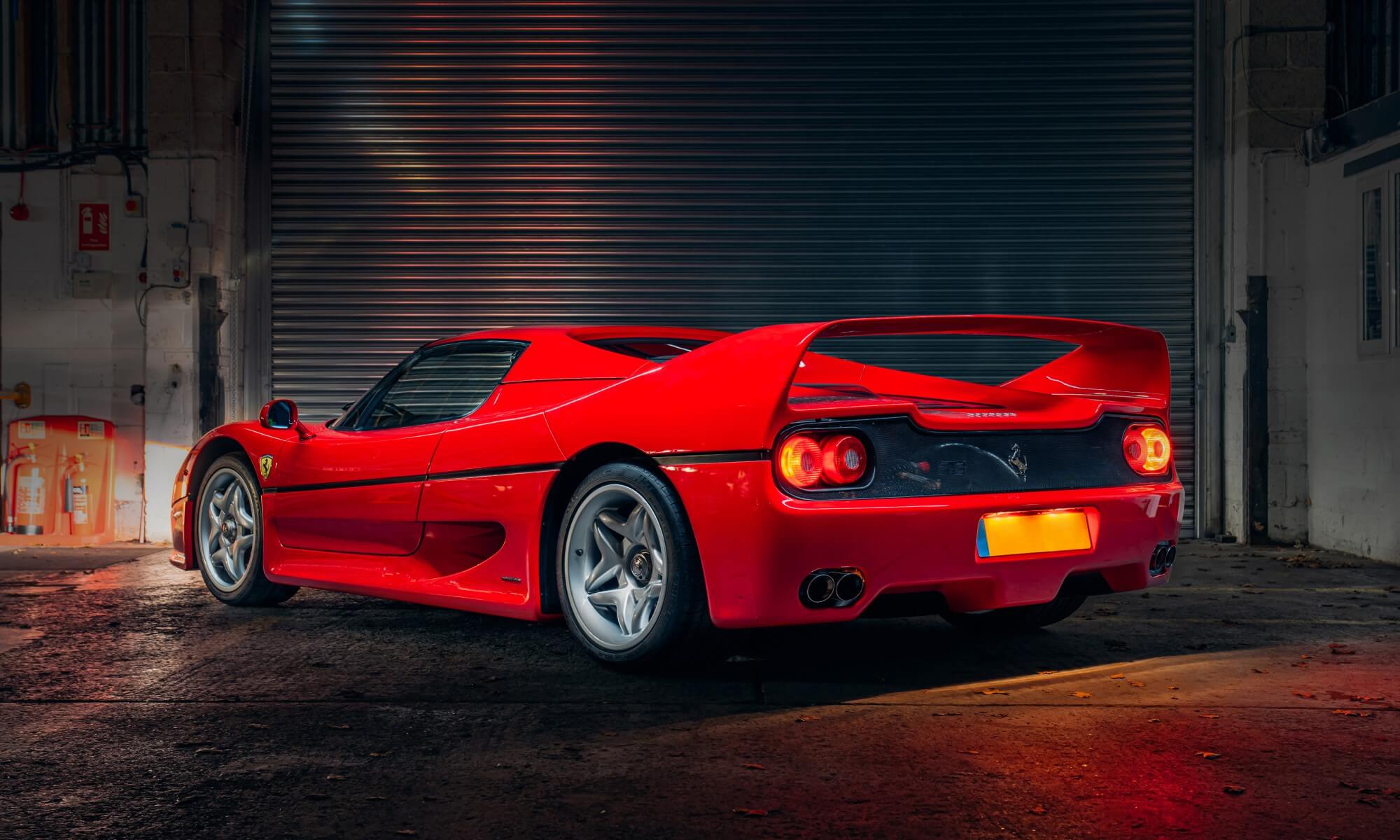
![Hyundai Brings Full ICE Experience to Ioniq 5N EV [video]](https://doubleapex.co.za/wp-content/uploads/2024/04/Hyundai-Ioniq-5-N-1-1-500x383.jpg)
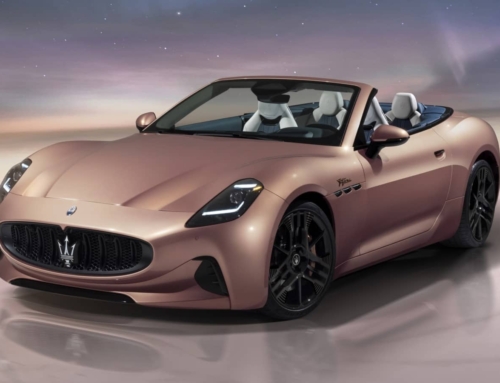
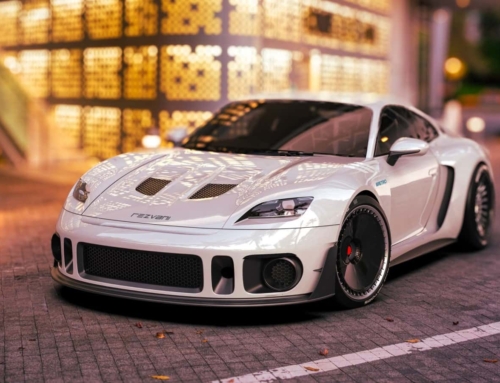
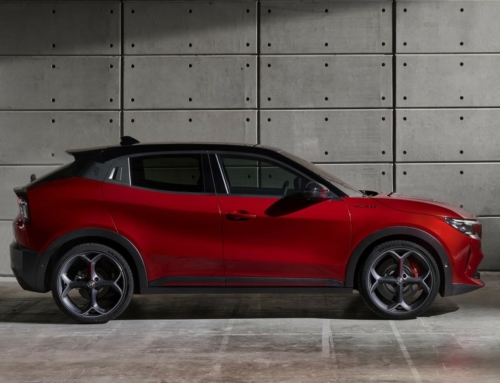
Leave A Comment